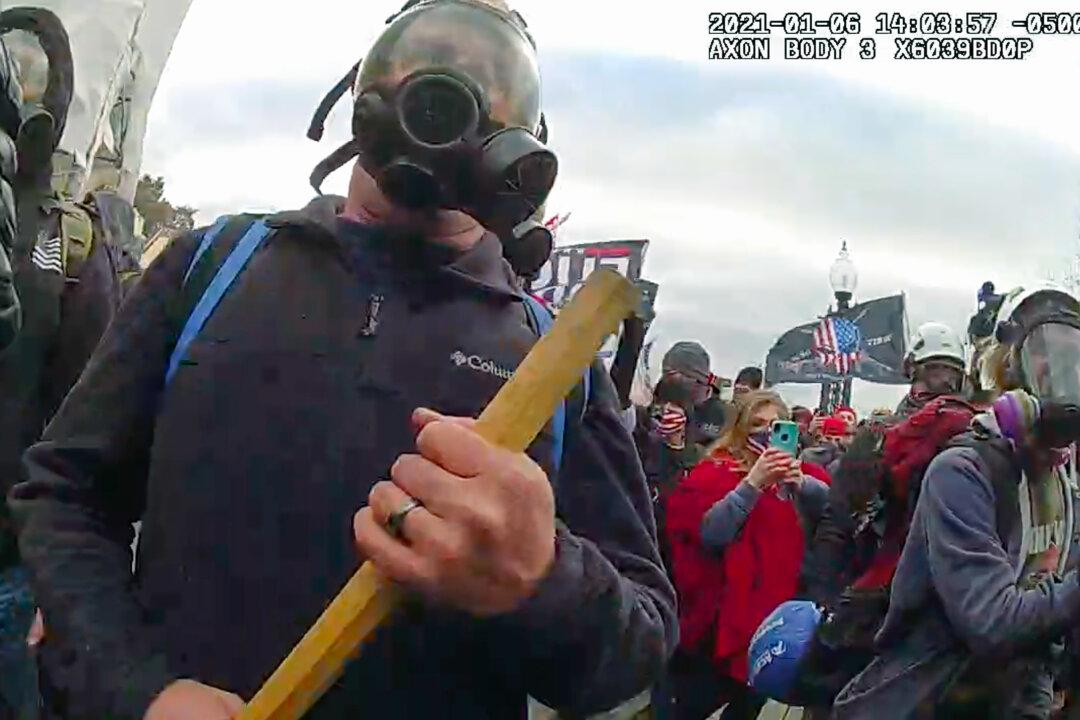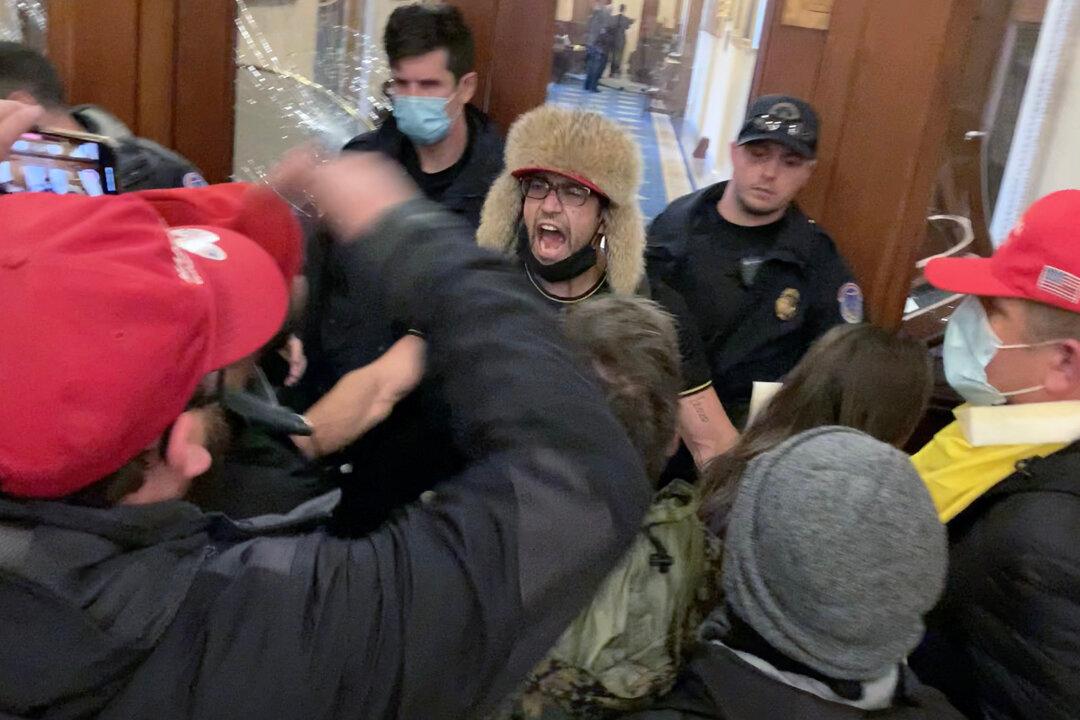A Los Angeles man infamously dubbed the “Capitol Rotunda Doobie Smoker” for appearing in a cloud of marijuana smoke and handing out joints to protesters on Jan. 6, 2021, was sentenced in federal court Thursday to 24 months probation and a $1,000 fine.
Eduardo Nicolas Alvear Gonzalez, 33, was sentenced by U.S. District Judge Christopher R. Cooper to probation on one count of parading, demonstrating or picketing in a Capitol building, a misdemeanor. As part of a plea agreement, three other charges were dismissed.





